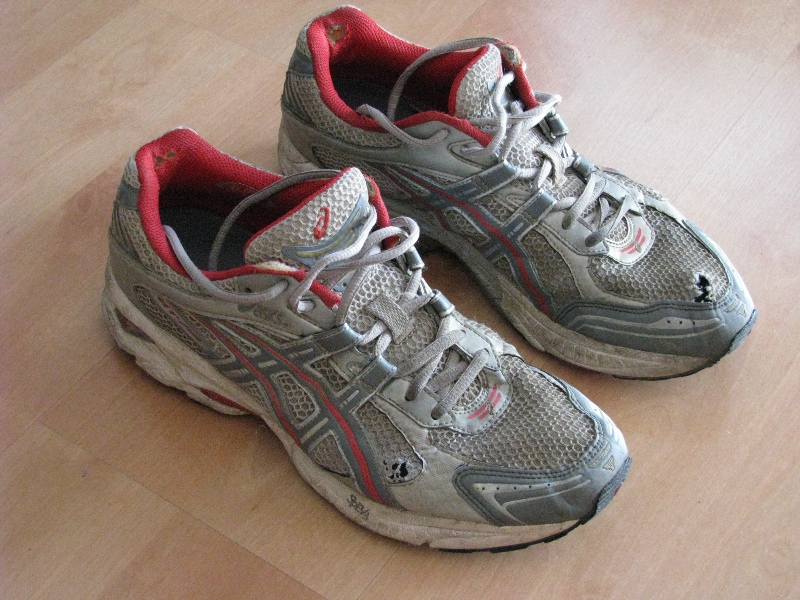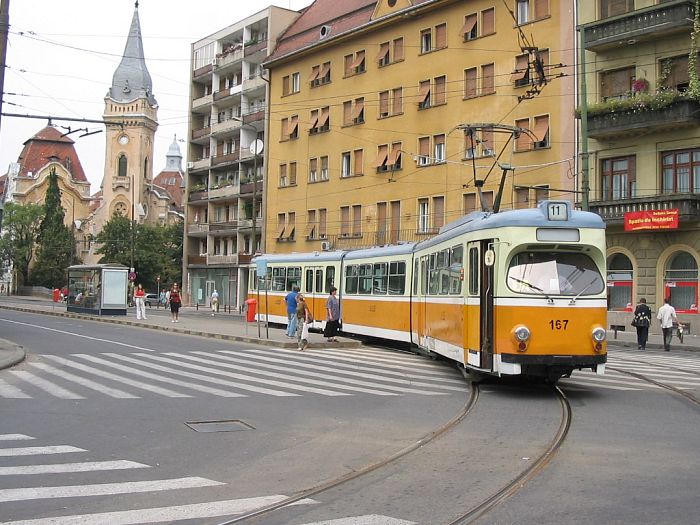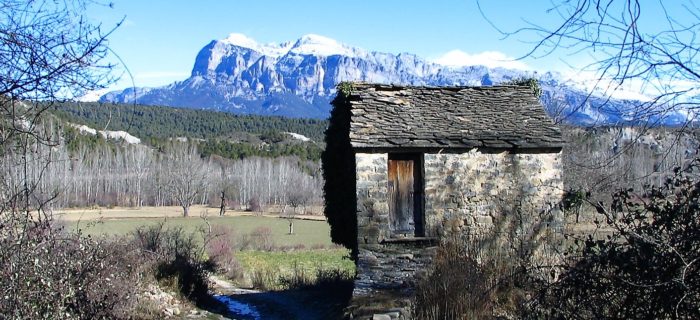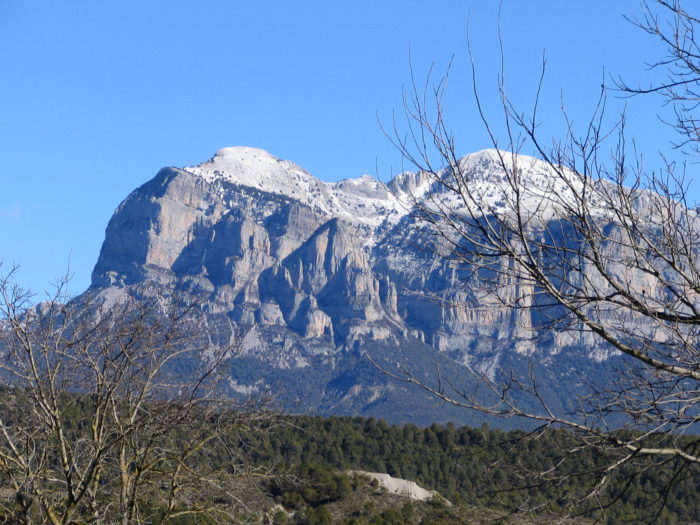Hoy he corrido la XV Cursa de Olivella (en la provincia de Barcelona) con una distancia de 13km y un tiempo de 1h 04′ 09» pese a que me continúa doliendo el empeine del pie izquierdo (después de más un mes) y eran todo subidas y bajadas.
El pequeño pueblo de Olivella es pequeño y bonito y aunque sólo sea por su ubicación es recomendable su visita.
La carrera transcurría por caminos de montaña entre bosques y campos en el magnífico macizo del Garraf, una zona a poco más de media hora de Barcelona y que nadie debería perderse. Para llegar hasta Olivella, he entrado por Sant Pere de Ribes y para volver he decidido atravesar el Parque hasta alcanzar Castelldefels (todo en coche, claro). El camino está totalmente asfaltado (o casi) y más o menos señalizado. Las vistas, el entorno, las masías y los viejos campos son realmente excepcionales.
Hace unos 10 o 15 años hice una de las mejores travesías a pie que he hecho nunca, que consistió en ir desde Gelida hasta Sitges, atravesando los macizos del Ordal y del Garraf. Fueron unas 8 o 9 horas andando en pleno julio que desde luego valieron la pena.




